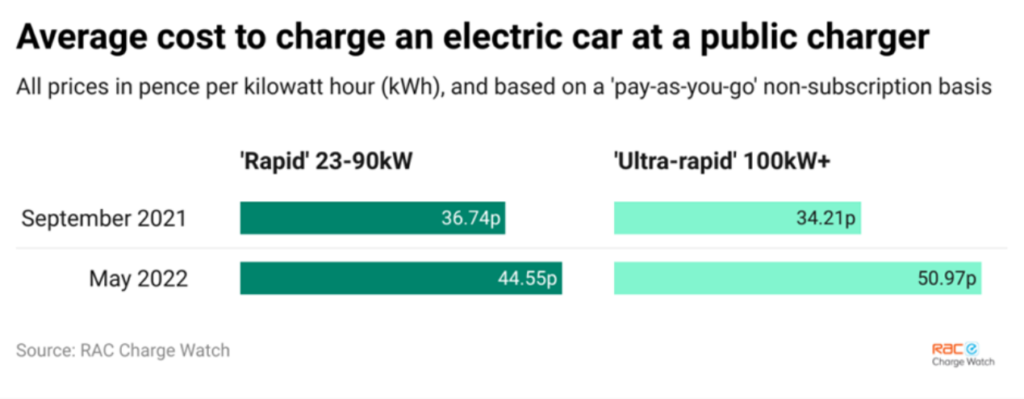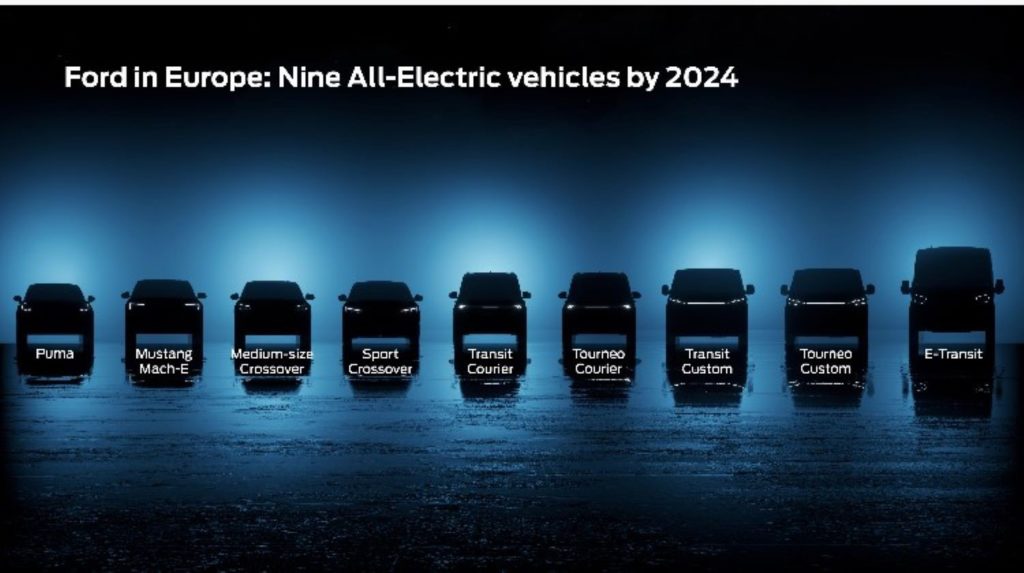JLR Joins Race To Direct Sales Known As Agency Model
Sunday, 12. March 2023
Jaguar Land Rover (JLR) has moved its key accounts to a direct sales model as part of a new fleet strategy.
The change is expected to strengthen the carmaker’s relationships with end-user drivers and improve customer service for fleets.
It comes a year before the brand’s retailers fully transition to an agency sales model. Leasing companies will transact with JLR directly, with the vehicle then allocated to the driver’s nearest authorised Fleet and Business Centre for delivery.
A key element of the new process is that all JLR fleet customers will receive a full handover from a retailer.
Andrew Jago (pictured), general manager for fleet and business at JLR, said: “Anybody who drives a Jaguar Land Rover vehicle has made an informed choice to drive that vehicle and I think it’s really important we recognise that in the experience we deliver.
“Having a direct brand relationship with our customers allows us to give a great modern luxury purchase and ownership experience, but also the opportunity to renew it at the end.
“We want to strongly move away from preferred supplier arrangements where you’ve got groups who are taking orders for leasing companies and then delivering cars to customers through third party logistics companies.
“There’s no proper handover, there’s no introduction to the service department and there’s no ultimate relationship with the brand.”
Around a third of the JLR retail network is currently recognised as a Fleet and Business Centre. Jago said this gives sufficient geographical coverage, but will remain under review.
Retailers can opt-in to the scheme and must commit to putting the resource and standards in place to engage with fleet customers.
Jago, who has been responsible for fleet sales at JLR since 2019, added: “Utopia, for me, would be that every retailer can really deeply understand and support the needs of the fleet business user, but I won’t compromise on that just to say we’ve got full coverage.
“We want to make sure we are really putting our arms around those customers and are doing the job properly.”
Smaller fleets and small-to medium enterprises (SMEs) will continue to transact with their local dealer directly until the agency model is adopted in 2024.
OVERCOMING SUPPLY CHALLENGES
Last year saw sales declines for both the Jaguar and Land Rover brands, driven predominantly by a shortage of semiconductors. Jaguar sales were down by 35%, according to Society of Motor Manufacturers and Traders (SMMT) figures, and Land Rover was 19% behind its 2021 sales.
While registrations fell, the brand launched new versions of its flagship Range Rover and Range Rover Sport models. Both achieved record levels of interest.
Order books across JLR’s portfolio consequentially swelled to more than 200,000 units, 50,000 of which are destined for UK customers.
Production of Jaguar’s XE and XF models was halted, while a large number of derivatives across the model lines of both marques were suspended or given lead times of more than 12 months, allowing factories to focus on building the hotly anticipated new models.
JLR’s UK sales director Paddy McGillycuddy has confirmed to Autocar that availability of the affected models is gradually returning.
Production is still largely centred around plug-in hybrid and electric variants, however. Jago said a number of core fleet derivatives can now be had within a six-month window and that his team is working closely with fleets and leasing companies to communicate any changes to lead times.
Among the cars in the spotlight are the electric I-Pace – Jago said production has been “fiercely protected” – and the recently updated Jaguar F-Pace and Range Rover Velar plug-in hybrids, which now feature a larger battery, giving them sufficient range to slip into the 8% benefit-in-kind (BIK) tax band.
Jaguar has a strategy to become an electric-only carmaker by 2025, but details on how that will be achieved are yet to be revealed. In the meantime, the new Range Rover and Range Rover Sport will have full electric availability from the end of 2024.
The focus remains firmly on the plug-in hybrid variants for now though. Both offer class-leading electric capability with up to 70 miles of zero-emission driving per charge.
Jago added: “The efficiency of the plug-in hybrid models we’re offering with Range Rover and Range Rover Sport has led to a significant shift in the salary sacrifice space, which, predominantly, is driven by battery electric vehicles (BEVs).
“With that 5% positioning on BIK it’s had huge appeal in the salary sacrifice space and we’ve seen people coming out of BEV into plug-in hybrid. There’s definitely more receptiveness to plug-in hybrids.” By Graham Hill thanks to Fleet News

























